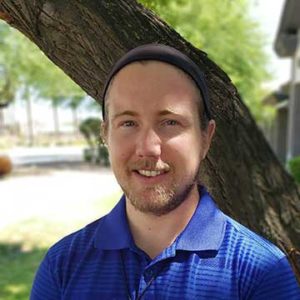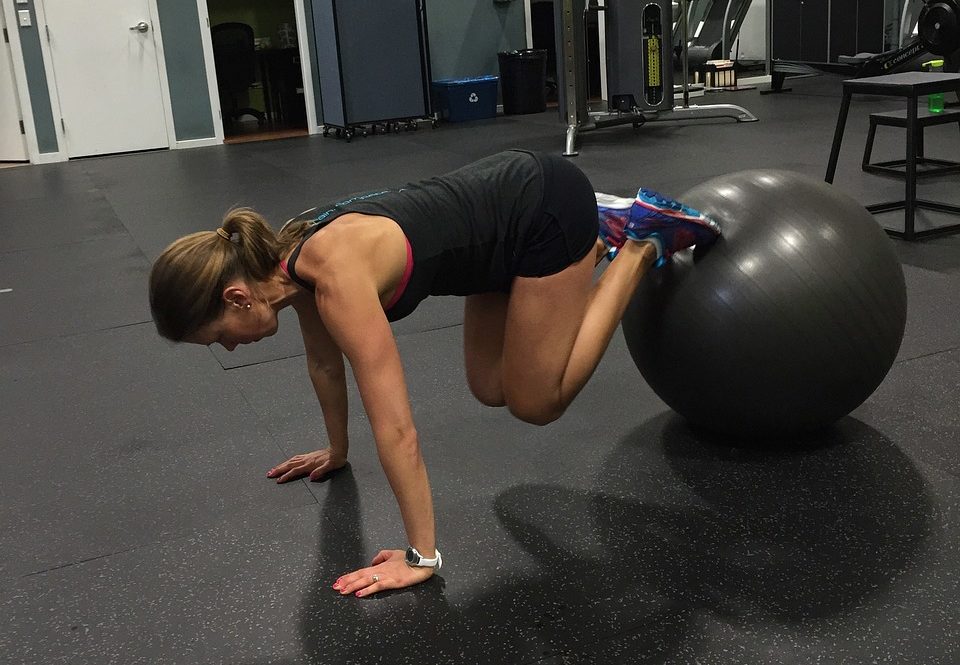Core-ology For Beginners
by Cassidy Cooney, PT, DPT
AzOPT Goodyear Doctor of Physical Therapy
 Back pain is a huge pain in the butt, often times literally as well as figuratively. Most people are quick to research the cause of their back pain from a FUM/GUM (Facebook/Google University of Medicine) trained provider. There, you probably heard that you have a weak core. Wondering what the deal is with all the talk of core strengthening? Well, it’s actually a complex topic.
Back pain is a huge pain in the butt, often times literally as well as figuratively. Most people are quick to research the cause of their back pain from a FUM/GUM (Facebook/Google University of Medicine) trained provider. There, you probably heard that you have a weak core. Wondering what the deal is with all the talk of core strengthening? Well, it’s actually a complex topic.
Effectively improving core strength is best approached uniquely to each individual suffering from pain. Only through a thorough evaluation by a licensed physical therapist can we know your specific symptoms and conditions. However, we can educate you on the anatomy of the trunk, aka the core, and simplify some of these complexities.
Simply, the body’s motion is made from bones and muscles. And the brain and nerves. Plus a lot of other unique and critical “musculoskeletal” structures. Oh, and organs and stuff that are kind of important. Anyway, the body moves from the muscles shortening and lengthening, moving the bones. This occurs because the muscle starts or originates on one bone, and attaches or inserts to another bone after spanning its length of the body. Between its origin and insertion, there are places where two bones meet, called joints, which allow for the body’s motion.
Your body’s motion is controlled by systems of opposite muscles. One side shortens while the opposite side lengthens. Again, I cannot emphasize that this is an extremely simplified explanation, and we will only discuss one (bending/extension) of three (bending/extension, rotation, side bending) motions of the core.
There are muscles in the front of the trunk than bend us down and forward, as well as muscles in the back the extend us upright and backward. However, the big muscles that effectively produce these motions DO NOT STABILIZE the spine. These muscles cross long spans of the trunk, and therefore cross many spine bones or vertebra before attaching to bone again, making them excellent at making the body move.
But, of course, there are very unique and critical muscles referred to as stabilizing muscles. These muscles are located closely near each joint and only cross a small span of the body, allowing them to STABILIZE and ensure proper motion of each vertebrae joint or “segment”. The motion of the spine is very complicated, but in general a MOVER muscles can potentially cause stress and strain on the body and structures when STABILIZING muscles are not working properly. This is what I refer to as mover muscle over activity with underactivity in stabilizing muscles.
This causes bad and abnormal motion between each segment and leads to an assortment of structural complications and muscular imbalances that cause symptoms. Long story short, we must be targeting very small and commonly underactive muscles with our “core” strengthening routines. This is difficult and complicated, as the body has become very complacent functioning in the manner it has been doing so for years. In addition, there are specific alterations that must be made to exercises in order to avoid each individual’s unique problems as to avoid causing any harm.
Interested in treating your back pain? I truly encourage you to seek out the help of one of our licensed physical therapists. Together, we develop an appropriate plan of care unique to your specific presentation and symptoms that avoid causing more stress while getting you back to living your best life – pain free!







